News Beat
News Beat reporting is an idrw.org initiative to let our Readers to report News Based on Actual facts but some how has not been reported in Main Stream Media .
SOURCE: RAUNAK KUNDE / NEWS BEAT / IDRW.ORG
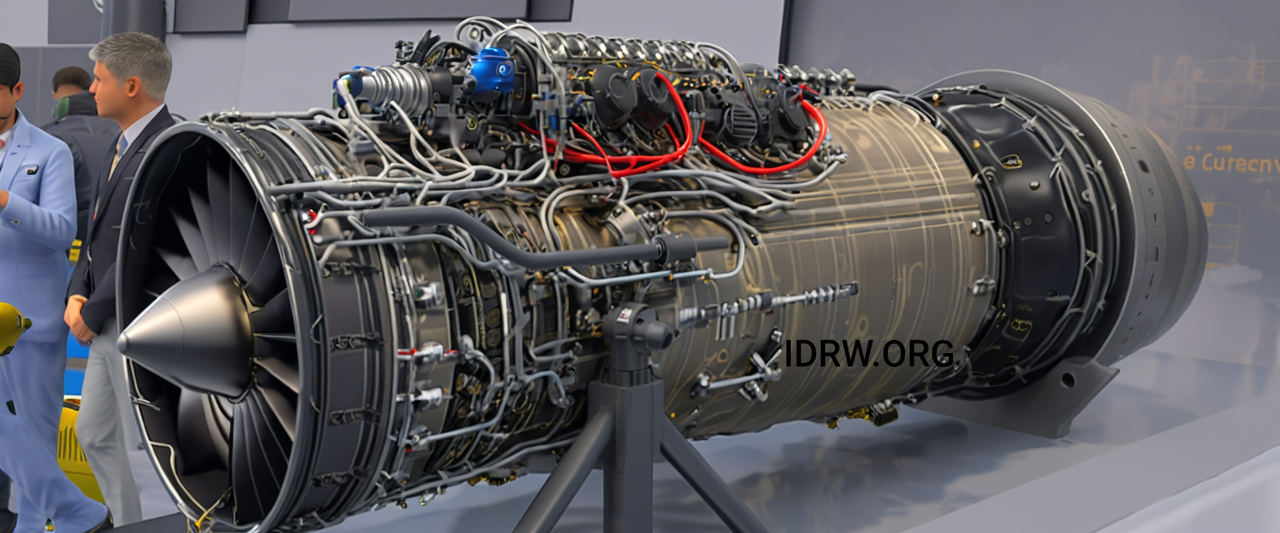
Rosoboronexport, Russia’s state-owned arms exporter, has expressed concerns regarding India’s decision to exclude the AL-41F-1S engine from its Su-30MKI “Super-30” upgrade program planned for 80 odd aircraft. Speaking to idrw.org, Rosoboronexport officals argue that the AL-41F-1S engine offers significant advantages over the existing powerplants in the Indian Su-30MKI fleet. The AL-41F-1S, also known as article 117S, is a modern modular two-shaft turbofan engine featuring thrust vector control and integrated digital control.
A key selling point for the AL-41F-1S is its compatibility with existing Su-30MKI airframes. Sharing the same geometry and attachment points as the AL-31FP version currently used in the Su-30MKI, the AL-41F-1S could be integrated with minimal modifications to engine nacelles and equipment. This compatibility would streamline the upgrade process and potentially lower costs.
Continue readingSOURCE: RAUNAK KUNDE / NEWS BEAT / IDRW.ORG
.jpg)
The Aeronautical Development Agency (ADA), responsible for designing and developing India’s cutting-edge combat aircraft programs, has issued an Expression of Interest (EOI) inviting Indian private firms to participate in the manufacturing of structural assemblies for various aircraft. The initiative is a significant step towards accelerating the production of indigenous combat aircraft, including the LCA AF Mk2, Advanced Medium Combat Aircraft (AMCA), and Twin Engine Deck-Based Fighter (TEDBF), to meet the growing operational requirements of the Indian Air Force (IAF) and Indian Navy.
As India seeks to enhance its defense capabilities and bolster indigenous production, the participation of private industry in coordination with public sector firms has become crucial. The ADA’s move to involve Indian private companies in the development and manufacturing of structural assemblies is aimed at speeding up production and ensuring a more efficient and scalable manufacturing process.
Continue readingSOURCE: RAUNAK KUNDE / NEWS BEAT / IDRW.ORG
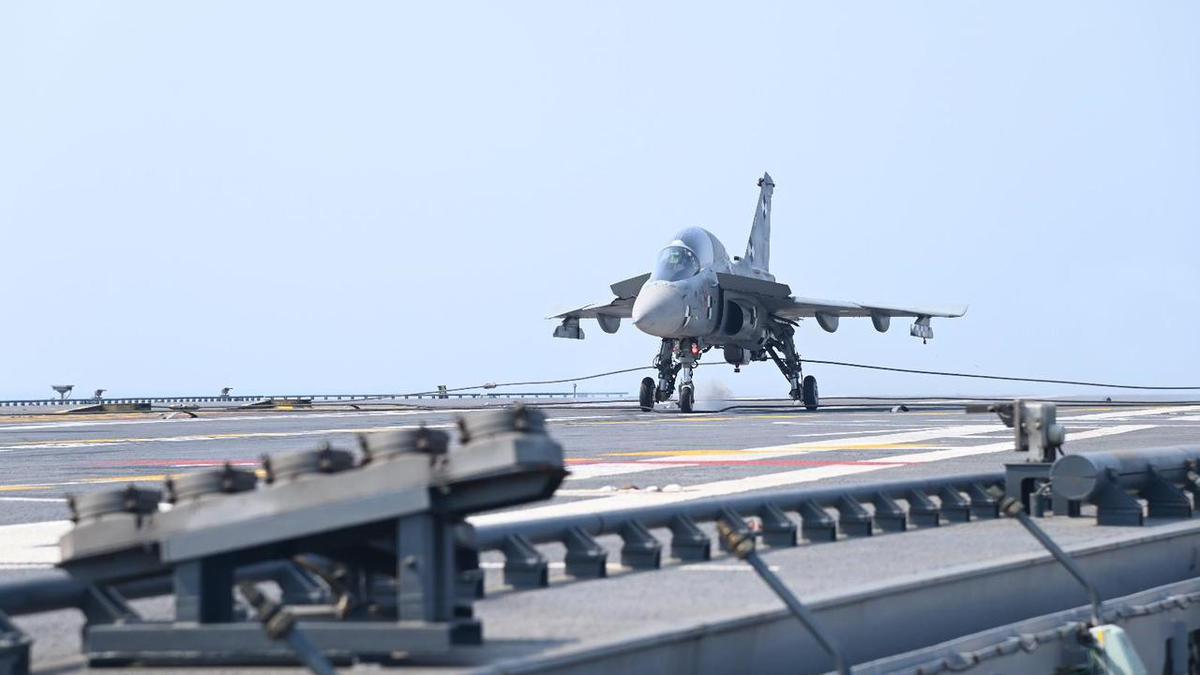
In a recent address at the LM Khatre Memorial Talks, Samir V. Kamat, Secretary of the Department of Defence Research and Development (DDR&D) and Chairman of the Defence Research and Development Organisation (DRDO), emphasized the organization’s commitment to bolstering the Indian Navy’s capabilities through the proposed acquisition of 8-10 Naval LCA MkI aircraft. These deck-based aircraft are designed for operation from aircraft carriers, marking a significant enhancement in the Navy’s aerial capabilities.
The Naval-LCA MkI is a variant of the Light Combat Aircraft (LCA) designed for naval operations. DRDO has developed three prototypes, NP-1, NP-2, and NP-5, which have been instrumental in gathering valuable data for the Twin-Engined Deck-Based Fighter (TEDBF) program.
Continue readingSOURCE: RAUNAK KUNDE / NEWS BEAT / IDRW.ORG
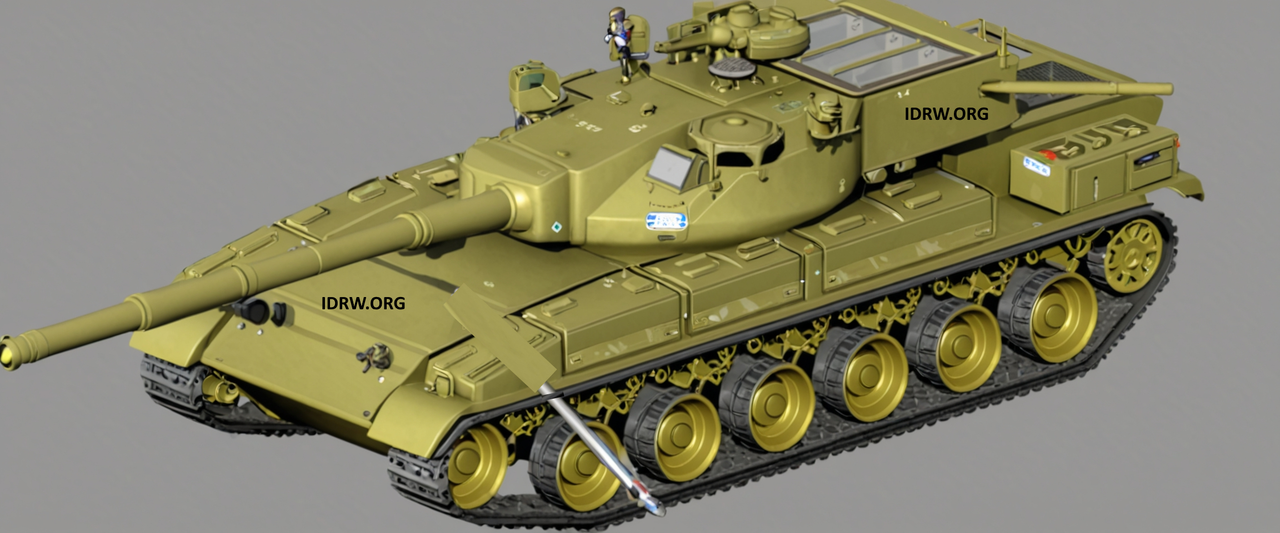
The Ministry of Defence (MoD) has granted the Acceptance of Necessity (AoN) for the Indian Army’s ambitious Future Ready Combat Vehicle (FRCV) program. This marks a significant step towards replacing the ageing fleet of Russian-supplied T-72 MBTs with a new generation of domestically-developed main battle tanks (MBTs) by 2030 onwards.
The FRCV program will leverage a unique procurement model known as “Development cum Production Partner (DcPP)”. This model, categorized under the Make-I initiative of the Defence Acquisition Procedure (DAP), involves government funding of up to 90% of the project for design and development. The MoD will partner with two entities, one from the public sector and one from the private sector, to form the DcPP.
Continue readingSOURCE: RAUNAK KUNDE / NEWS BEAT / IDRW.ORG
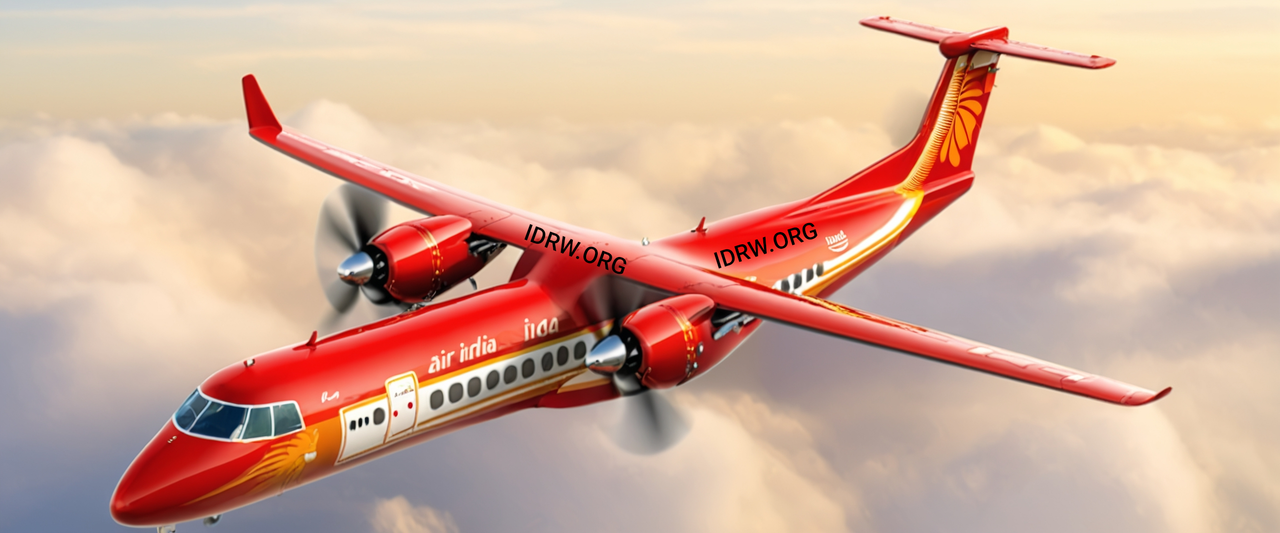
Civil Aviation Minister KR Naidu has reaffirmed the government’s strong commitment to fostering indigenous aircraft manufacturing capabilities in India. This push for self-reliance appears to be translating into a green light for the National Aerospace Laboratories’ (NAL) ambitious Regional Transport Aircraft (RTA) program.
The NAL has made significant progress on the RTA program, with the conceptual design of the RTA-90 nearing completion. Furthermore, the Project Definition Phase (PDP) for the RTA was successfully launched in April 2022.
Continue readingSOURCE: RAUNAK KUNDE / NEWS BEAT / IDRW.ORG
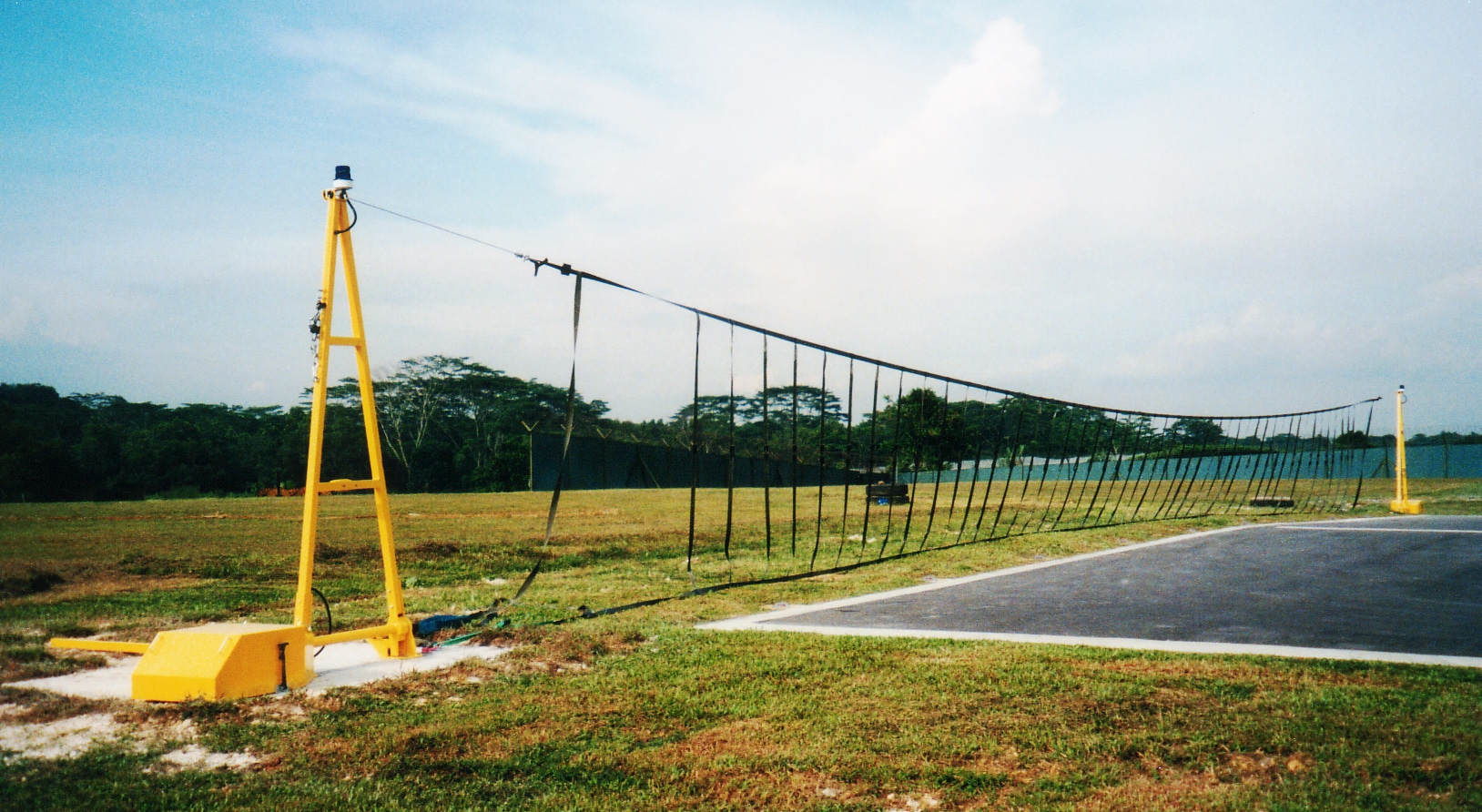
The Aeronautical Development Establishment (ADE), a premier laboratory under India’s Defence Research and Development Organisation (DRDO), is advancing efforts to refine the design of experimental Unmanned Aerial Vehicles (UAVs) through a comprehensive arrester barrier landing analysis.
This analysis will focus on ensuring the safe recovery of UAVs during operations, particularly in constrained environments such as short runways or emergency landings. The study will involve the use of advanced Finite Element (FE) modeling techniques and material characterization to simulate the forces exerted on the UAV during an arrester barrier landing.
Continue readingSOURCE: RAUNAK KUNDE / NEWS BEAT / IDRW.ORG
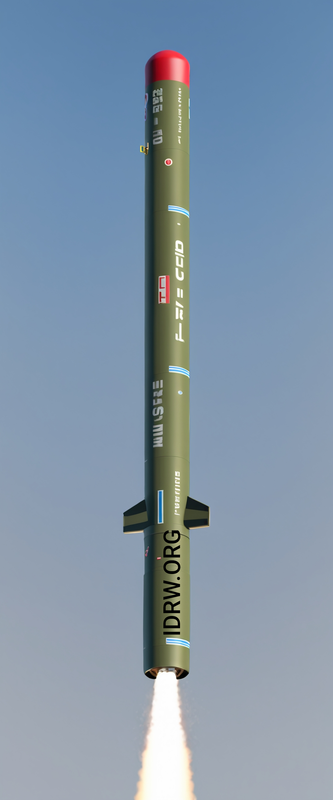
The Defence Research and Development Organisation (DRDO) is set to commence developmental trials of the ship-launched anti-ship sub-sonic cruise missile version of Nirbhay within the next 12-18 months. The research and development for this missile have been completed, and the fabrication process is currently underway.
The ship-based sub-sonic cruise missile will be available in two variants: Land Attack Cruise Missile (LACM) and Anti-Ship Cruise Missile (ASCM). DRDO has already developed a Universal Vertical Launch Module (UVLM) that can accommodate both ship-based sub-sonic and supersonic cruise missiles like BrahMos.
Continue readingSOURCE: RAUNAK KUNDE / NEWS BEAT / IDRW.ORG
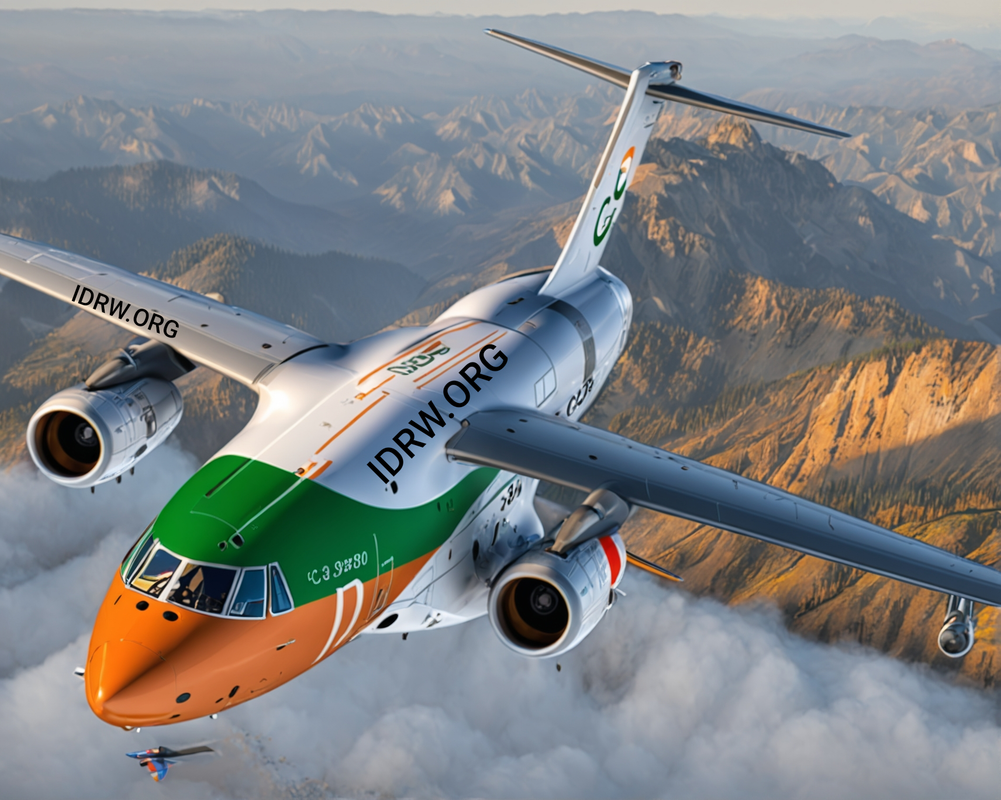
Initial assessments by Indian Air Force (IAF) officials suggest that the Embraer C-390 Millennium transport aircraft might be the most feasible option for its Multi-Role Transport Aircraft (MTA) program, according to IAF sources speaking to idrw.org.
Speaking on condition of anonymity to idrw.org, IAF officials highlighted the C-390M’s design as a key factor in its favour. These officials believe the C-390M’s design offers greater potential for multi-role development compared to that can be used to develop Airborne Warning and Control Systems (AWACS) or Maritime Patrol Aircraft (MPA) platforms.
Continue readingSOURCE: RAUNAK KUNDE / NEWS BEAT / IDRW.ORG
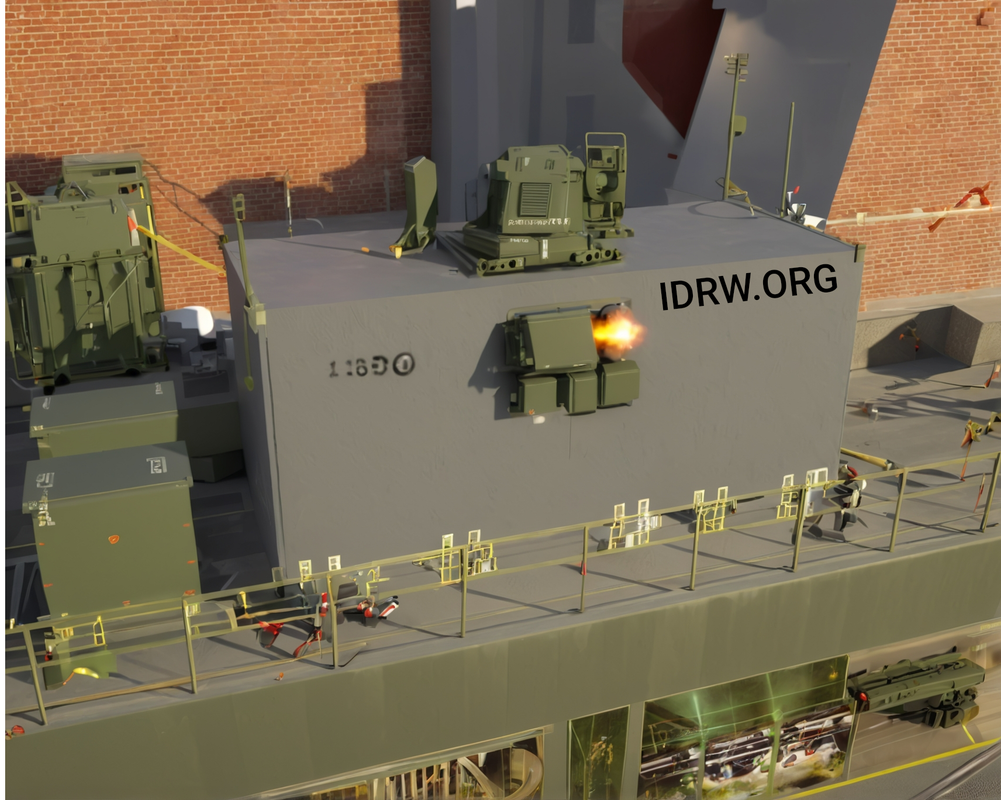
A significant breakthrough in defence technology has been achieved by the Defence Research and Development Organisation (DRDO) as its 2KW Directed Energy Weapon (DEW) system has completed trials onboard Indian Naval warships. This development paves the way for the integration of even more powerful DEW systems into the Navy’s frontline warships.
The DRDO’s ultimate goal is to develop a 100KW DEW system capable of engaging and neutralizing a wide range of threats, from small-calibre mortars and rockets to unmanned aerial vehicles (UAVs) of various sizes. This system will be equipped with pinpoint accuracy and can operate at ranges of hundreds of meters to several kilometers.
Continue readingSOURCE: RAUNAK KUNDE / NEWS BEAT / IDRW.ORG

The Egyptian Air Force recently explored options for modernizing its fleet of light fighter jets, which could include a visit to India’s Hindustan Aeronautics Limited (HAL) to assess the LCA Tejas Mk1A. However, Egypt’s decision is complicated by stiff competition from Turkey’s Turkish Aerospace Industries (TAI), which is offering its newly developed Hürjet jet trainer and light attack aircraft as a strong contender.
The LCA Tejas Mk1A is India’s domestically designed, single-engine, multirole light fighter aircraft. Known for its agility, advanced avionics, and operational versatility, the Tejas Mk1A has been a flagship program for HAL and a symbol of India’s growing defense manufacturing capabilities. Recently, HAL has made efforts to position the Tejas Mk1A in the international market, targeting countries looking to modernize their aging fleets with a cost-effective, yet capable platform.
Continue readingSOURCE: RAUNAK KUNDE / NEWS BEAT / IDRW.ORG

The Defence Electronics Application Laboratory (DEAL) has embarked on a significant project titled “SDR for LCA Mk-II Aircraft”, aiming to develop Software Defined Radio (SDR) and Mobile Ad-Hoc Networking (MANET) waveforms for advanced communication in India’s Light Combat Aircraft (LCA) Mk-II program. This initiative addresses the growing demand for more robust, secure, and adaptive communication systems, capable of seamless operations in various mission-critical environments, from air-to-air and air-to-ground to direct ground communications.
As modern warfare becomes increasingly dependent on real-time data and communications, traditional communication systems struggle to meet the evolving requirements. The Indian Air Force (IAF), through the Aeronautical Development Agency (ADA), has outlined the need for a versatile communication system that integrates multiple platforms, operates across different frequency bands, and ensures secure, real-time information sharing during missions.
Continue readingSOURCE: RAUNAK KUNDE / NEWS BEAT / IDRW.ORG

India’s Kalyani Group is actively exploring ways to expand its armoured vehicle business in India, following the successful introduction of its India-specific modified M4 armoured vehicles. The M4, based on the Mbombe 4 built by South Africa’s Paramount Group, has garnered significant purchases by the Indian Army.
Both companies are now considering possibly manufacturing the enhanced variant of the Mbombe 6 Mark 3, in India. The Mbombe 6 is a highly agile 6×6 infantry fighting vehicle that offers exceptional performance and protection.
Continue readingSOURCE: RAUNAK KUNDE / NEWS BEAT / IDRW.ORG
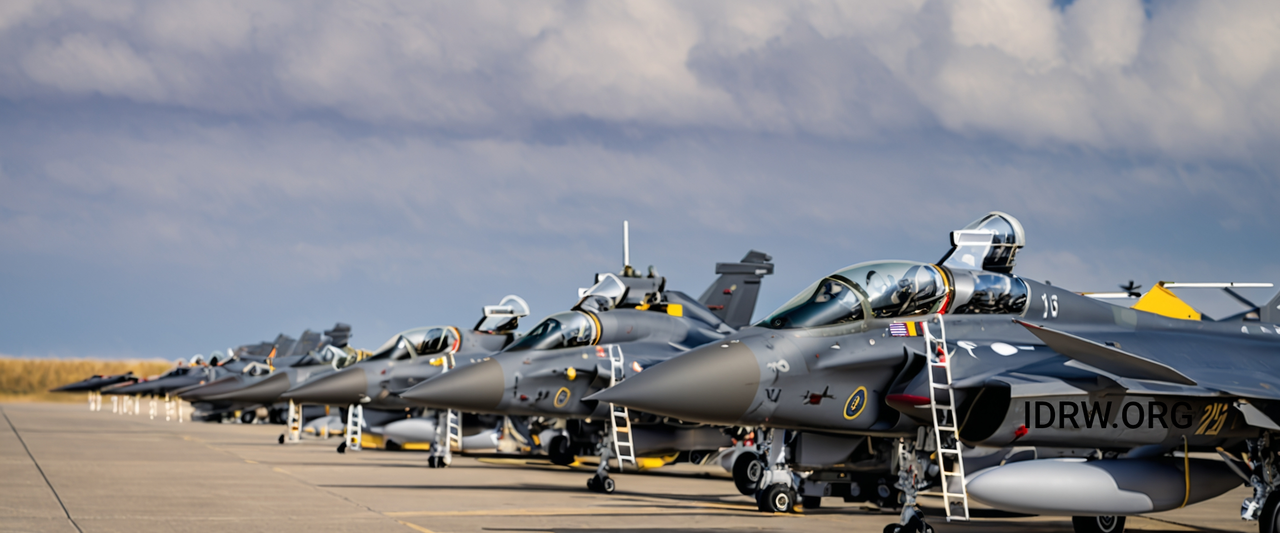
Dassault Aviation has projected India to become one of the largest operators of the Rafale fighter jet globally, following the French Air Force and Navy. With the Indian Air Force (IAF) already possessing 36 Rafales and the recent approval for 26 Rafale Marine fighters for the Indian Navy, India’s Rafale fleet is set to expand significantly.
Dassault’s optimism stems from the potential for further Rafale exports to India. The company has offered to manufacture Rafale jets in India to meet the IAF’s Multi-Role Fighter Aircraft (MRFA) for 114 jets. This proposal positions India as a key market for the Rafale, solidifying Dassault’s lead in the export of this advanced fighter aircraft.
Continue readingSOURCE: RAUNAK KUNDE / NEWS BEAT / IDRW.ORG

The Nigerian Army has announced its plans to acquire four Light Combat Helicopters (LCH) from Hindustan Aeronautics Limited (HAL) through a soft credit arrangement as reported by ” Financial Express Online “. This decision comes amidst escalating violence in the region, fueled by the resurgence of Boko Haram and Islamic State West Africa (ISWAP) following the recent withdrawal of French forces from the Sahel.
The Nigerian Army’s choice of the LCH over other contenders, such as TAI’s T-129 ATAK helicopter, was reportedly influenced by cost considerations. The LCH, a domestically developed Indian helicopter, is believed to offer a more cost-effective solution for the Nigerian Army’s requirements.
Continue readingSOURCE: RAUNAK KUNDE / NEWS BEAT / IDRW.ORG
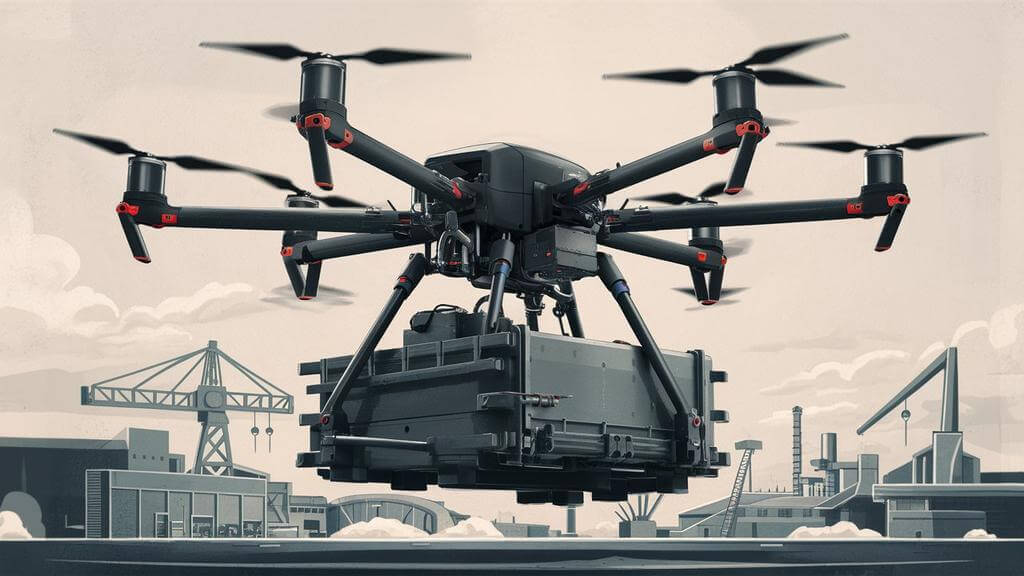
The Indian Army is exploring the integration of heavy cargo drones to enhance connectivity in high-altitude regions. According to sources within the establishment, the Army is considering deploying these unmanned aerial vehicles (UAVs) for last-mile delivery of essential supplies.
Discussions are currently underway with stakeholders to identify suitable cargo-carrying UAVs capable of transporting significant payloads. The Army aims to acquire new drones that can meet the specific requirements of high-altitude operations.
Continue reading